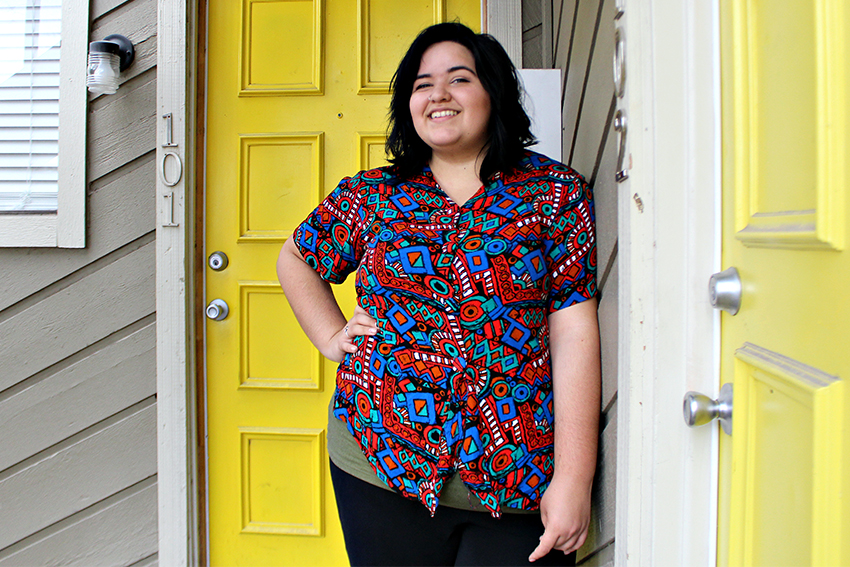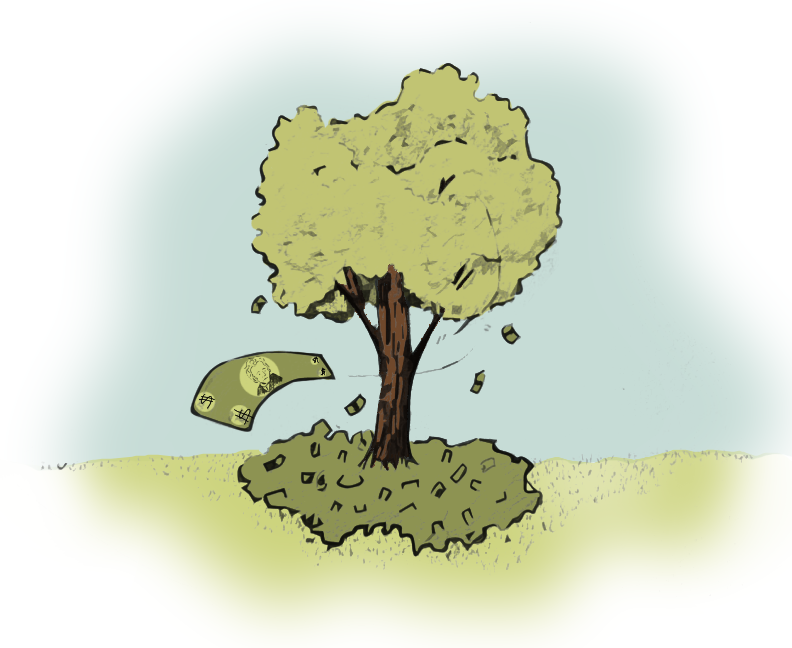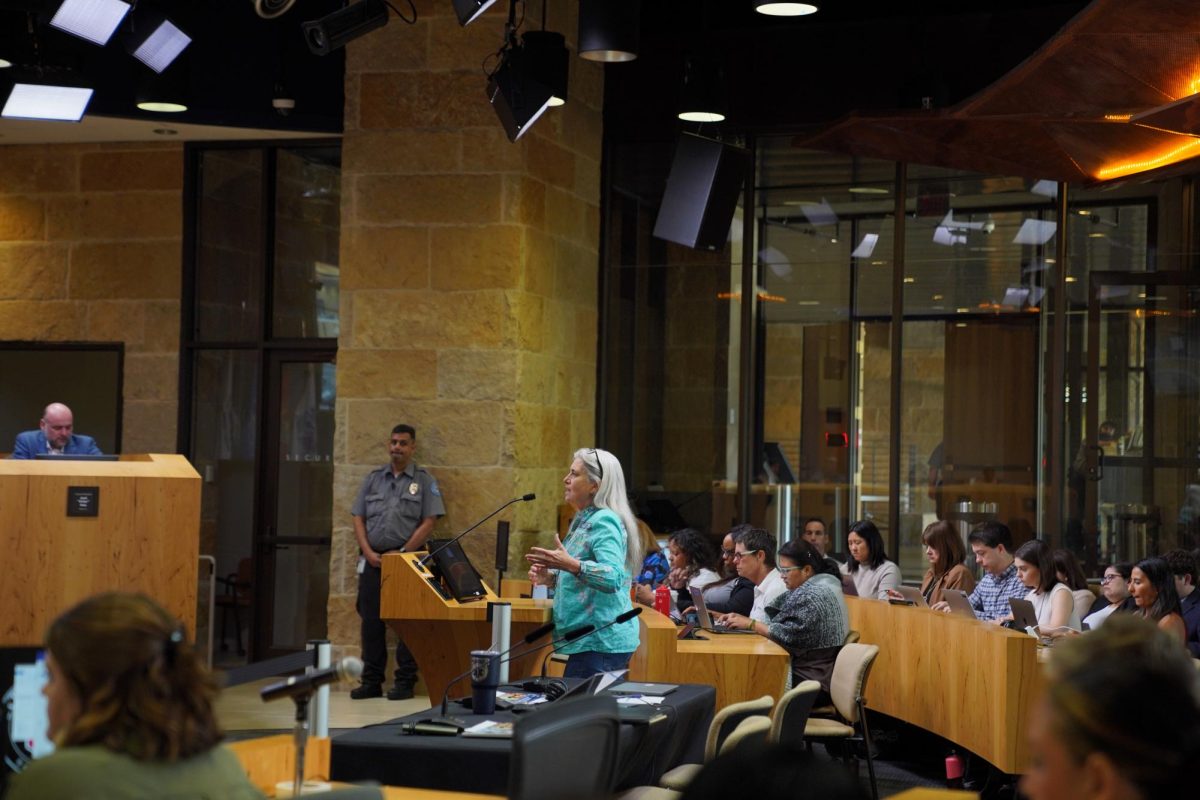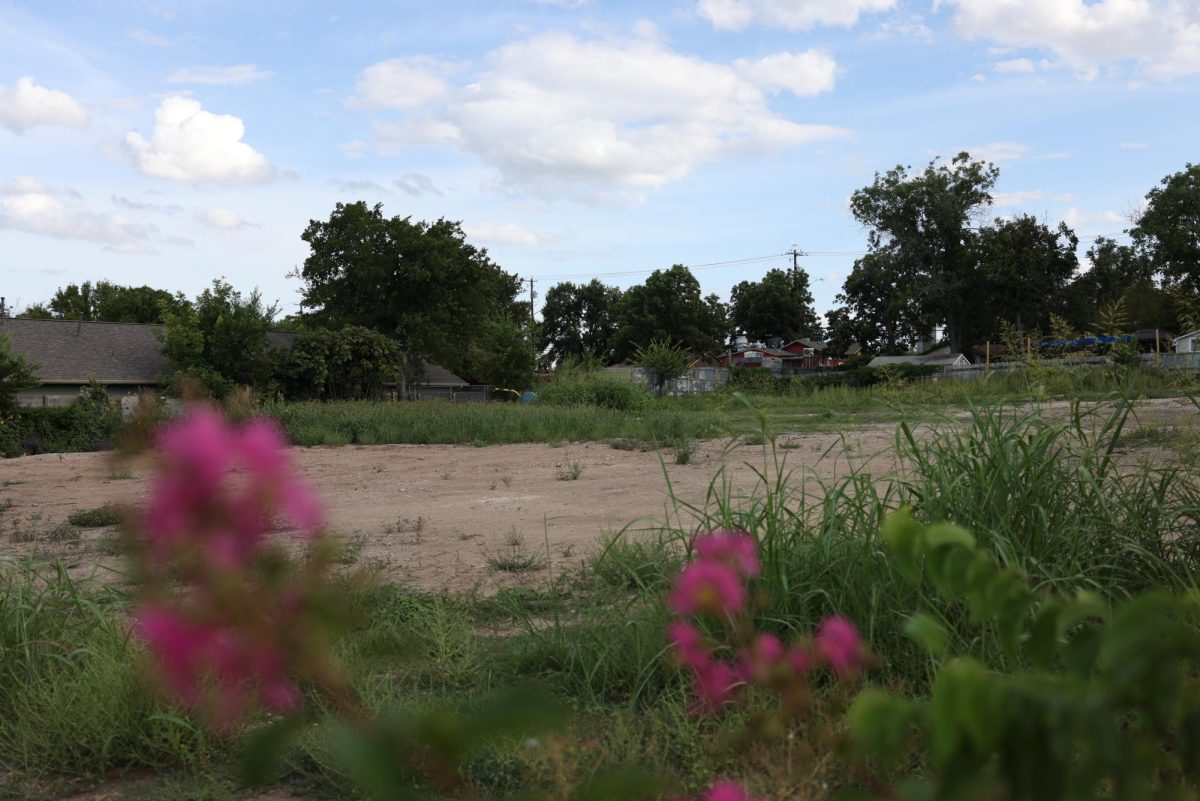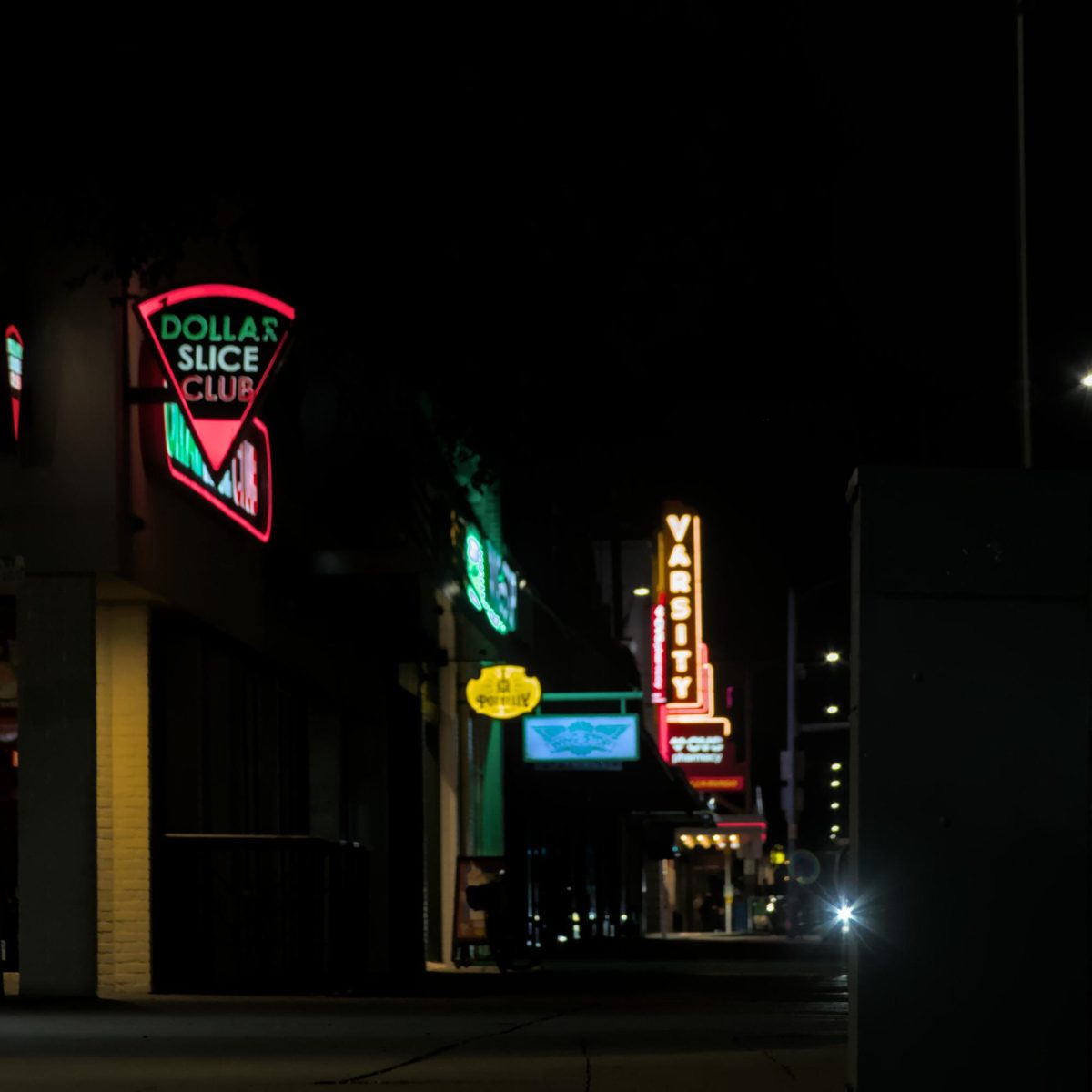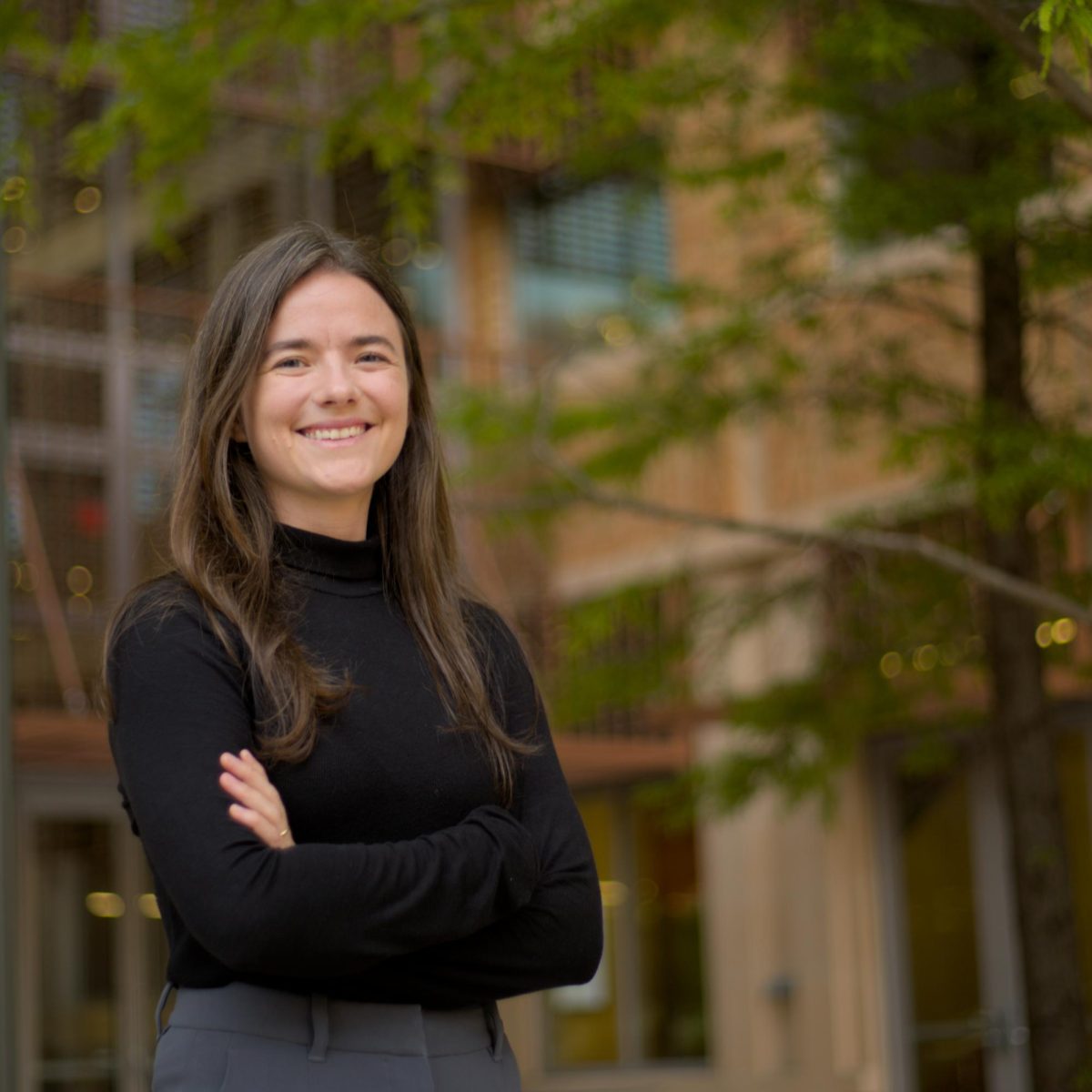Last week, Austin was ranked the best city to live in by U.S. News & World Report, but Mayor Steve Adler said the city faces hiked-up housing and affordability from its growth.
“It’s an honor to be named number one, the best city to live,” Adler said. “But it’s not the best city to live in for everybody.”
Miriam Weiner, a product manager at U.S. News, helped research and rank the 100 cities on the list. Austin received a 7.8 out of 10 overall and a 7.3 out of 10 value index, which is calculated by comparing the median household income with the median cost of living.
U.S. News found that the blended median annual household income, which combines and averages the annual incomes of homeowners and renters, is $67,013. The blended cost of living for homeowners and renters, which includes utility and housing costs, is $18,125.
“Although housing costs are higher in Austin than in other metro areas around the country, including other Texan metro areas (such as) Dallas and Houston, people in Austin tend to earn more,” Weiner said. “There are higher-paying jobs, especially in the technology sector, the engineering sector, just like that.”
Architecture assistant professor Jake Wegmann, who teaches on affordable housing and real estate, said Austin faces an affordability problem because so many want to live in its central hub of activity.
“If you’re in Austin, and you want access to the center and all that it offers … then you’re going to live centrally,” Wegmann said. “I think that has really jacked up the cost of housing in central Austin.”
Adler said he prioritizes creating more affordable housing because people move farther out seeking less expensive homes and, in doing so, congest traffic by taking cars
to work downtown.
“We’re forcing more people out onto our roads, traveling greater and greater distances,” Adler said.
Radio-television-film junior Monica Broccolo, like many others in the city, takes a 50-minute commute from Brentwood because living closer downtown is unmanageable.
“When I was looking for a place to live, I wanted to live close to campus, and I’m just like, ‘I can’t pay $800 a month to share a room,’” Broccolo said. “I think that students especially get taken advantage of.”
Wegmann said Austin lacks both housing and the subsidies to fund housing for middle and low-income people. Wegmann said density bonuses could help resolve this issue by giving developers more space to build in return for more affordable housing units.
“Basically use these density bonuses and give them something that they want that they can’t do now under existing zoning,” Wegmann said. “And in return, kind of claw some of that benefit back in affordable housing.”
Wegmann said students in West Campus now benefit from more housing after the area was rezoned for student housing, an example of how rezoning land can create more building opportunities. Wegmann said Austin’s CodeNEXT, the city’s new land development code, can pave the way for more affordable housing by using the proper space and resources.
“If done right, the code could make it easier to build more housing in more places serving people for less money,” Wegmann said. “If we don’t stand up to political pressure, then we’re going to end up with the same situation we have now.”



